Stir-fried celery, carrot, and konnyaku with fermented mustard greens and golden sparrow flowers (jinquehua). Crunchy, slippery, savory.
The trick: blanch the celery and carrot first until crisp-tender. Drain. Stir-fry in a hot pan with oil, finely chopped garlic and fermented mustard greens. Season with salt and vegetarian oyster sauce, and just before taking the pan off the heat, stir in a starch slurry (1 tsp cornstarch whisked with 2 tbsp water) for a glossy finish.
Stir-fried noodles with fridge odds and ends (garlic chives, red onion).
I used fresh wheat noodles and parboiled them, then spread them out on a plate to dry (rubbed with some oil to prevent sticking). Stir-fried with a 1:1:1 mixture of soy sauce, dark soy sauce, veg oyster sauce, and a bit of sugar.
Fermented rose jam pastry.
This is not the sweet, perfumed, rose water kind of flavor you’d associate with dessert and grandma. Nope: aged rose paste is deep and resinous, more earthy than floral. To preserve the fresh roses that bloom in Yunnan in early summer, the locals turn them into a paste. Plucked off each flower head, the velvet petals are mashed with a pestle and macerated with sugar, locked in a vessel under another layer of sugar and aged until the fuschia deepens into a funky dark jam. Stored this way, the flavor grows more complex over time and can be enjoyed up to three years later. But it’s usually baked into a flaky puck of pastry by then.
Heirloom soybean miso.
In Yunnan, farmers have preserved old cultivars (heirloom varieties) of soybeans for generations, quietly growing them despite the global dominance of genetically altered, commercially viable seeds. When I saw these heritage beans in a tiny shop in Dali I couldn’t believe my eyes.
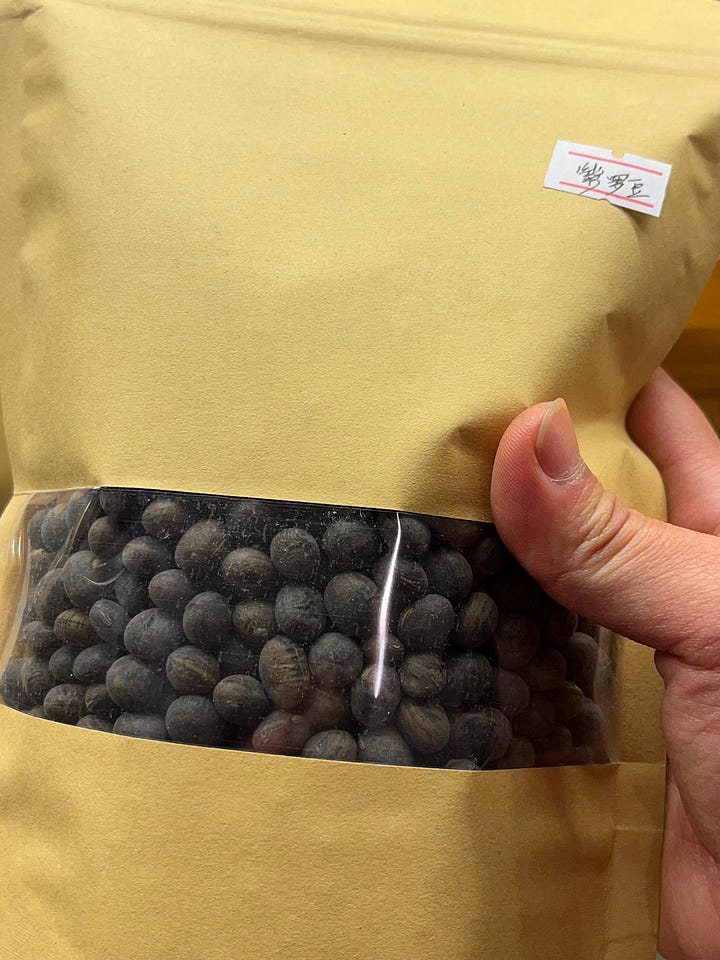
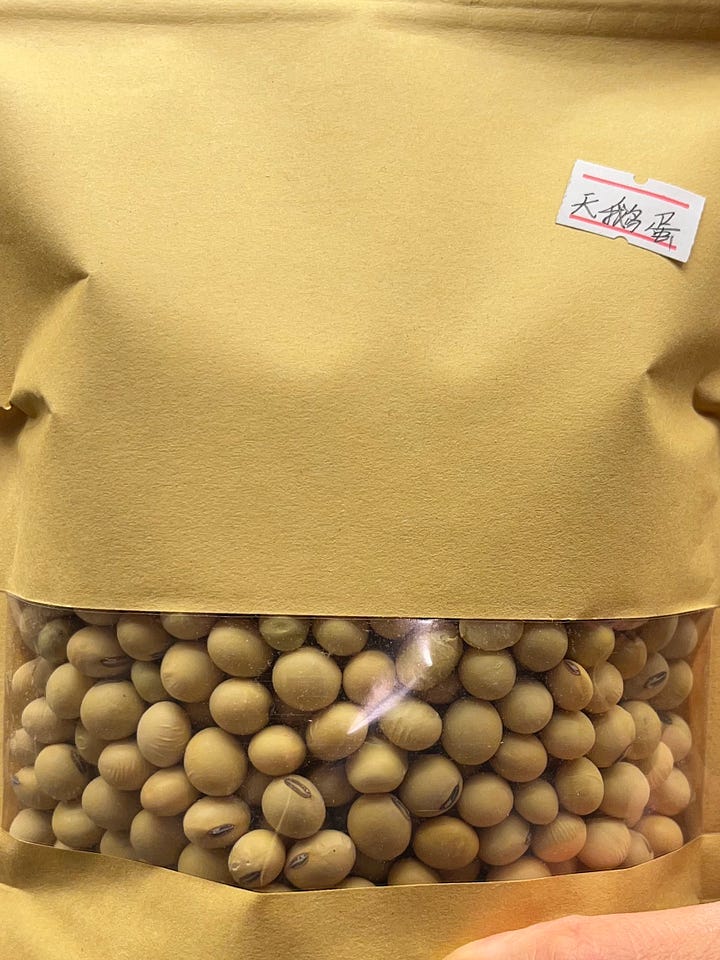
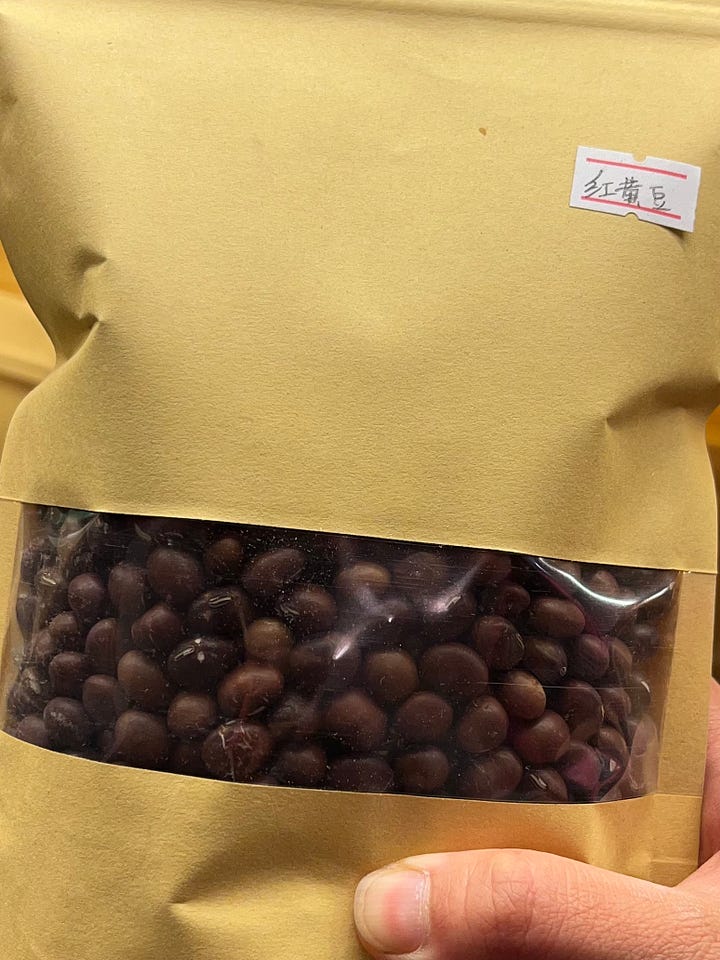
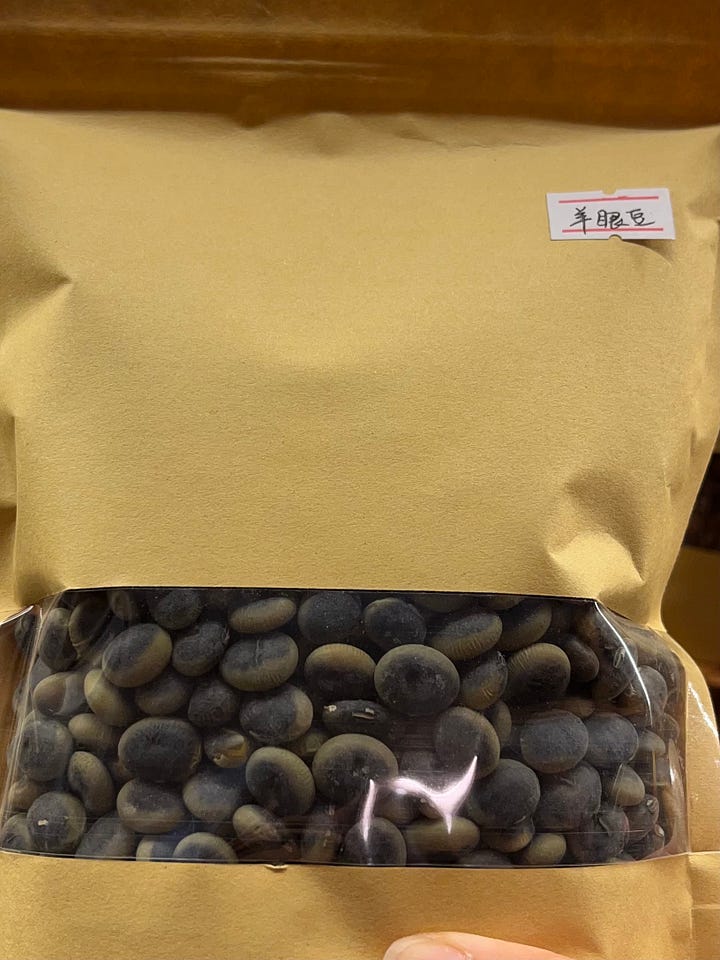
From left to right: 紫罗豆 (purple soybean),天鹅蛋 ('swan's egg' soybean),红黄豆 (red soybean),羊眼豆 ('sheep's eye').
We turned the swan’s egg variety into miso. After soaking overnight, the soybeans had a fragrance reminiscent of sweet cream and toasted barley. How can raw beans smell so good? We boiled them until soft, crushed them by hand and mixed the paste with rice koji and sea salt, packed firmly into balls and tamped into jars. They have more starch and more oil than typical soybeans— my hands were soft and buttery after. I’ll taste the flavor and check back in three months.
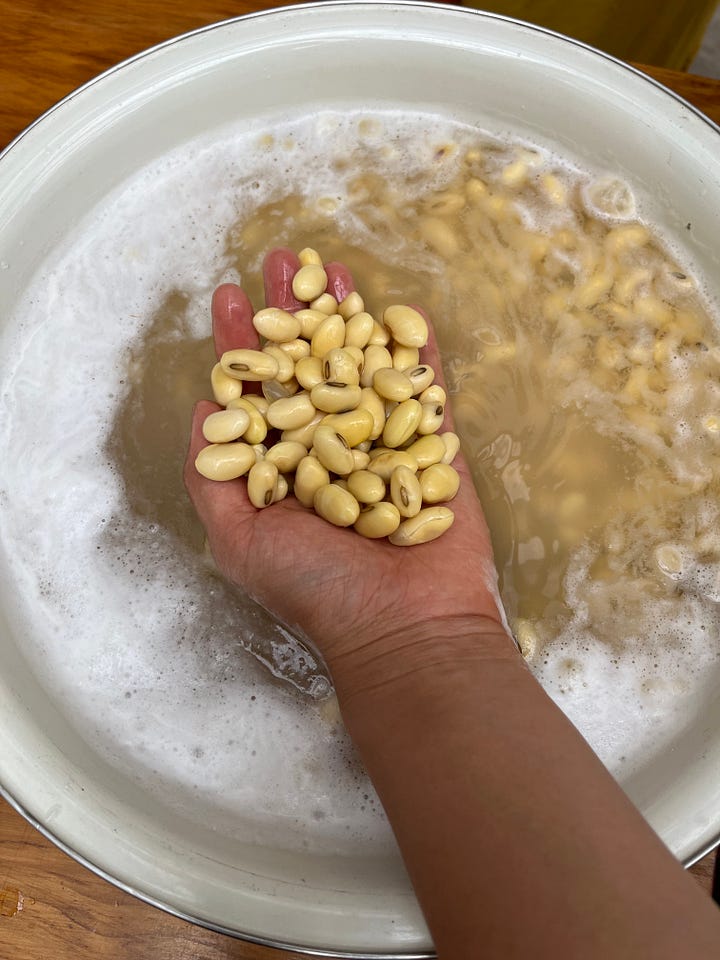

Buchu (garlic chive) kimchi— it’s the best way to use up a large amount of chives. I used Maangchi’s recipe and just subbed a local barrel-fermented soy sauce in place of the fish sauce.
I’m really enjoying perilla seeds.
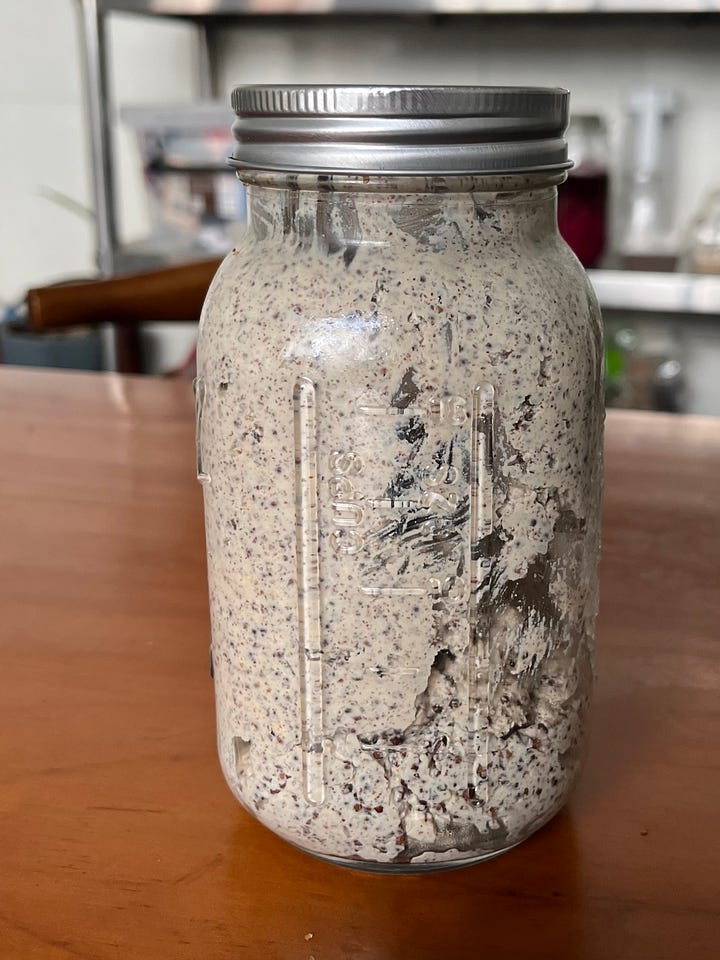

This is a creamy whipped concoction of tofu, thickened with perilla seed. Perilla seeds (su zi 苏子) are dark and crackly like chia seeds, often toasted and ground into an aromatic powder and mixed with sugar or roasted peanuts. In Guizhou you can buy freshly pounded baba (粑粑)— stretchy rice ‘mochi’ coated in this nutty powder. The flavor is reminiscent of sesame seed or poppy seed, but with a slight mint and licorice aroma. I ate this spread on toasted rye bread.
Speaking of bread, the best sourdough I’ve had yet in China is from 朴石烘焙 (Simple Stone), a bakery in Dali that mills their own flour. Black garlic and walnut loaf— so good I went back the next day for another. A perfect open crumb, slight tang, and chewy crust. Gone are the days you could only find soft white milk bread in this country.
An assortment of Yunnan pickles (pao cai): cherry radishes (yingtao luobo 樱桃萝卜), papaya (酸木瓜), hawthorne (shanzha 山楂) and gooseberry ‘olives’ (橄榄). My favorite was the papaya, which was tart and retained a strong crunch despite the pickling, probably due to all the tannins.
Steamed “fluffy cakes” (songgao) made with glutinous rice and white rice: perilla seed, pumpkin and corn, red bean paste, and purple sweet potato. Dense and soft when hot from the steamer. Apologies for the bunny, that was unfortunate toothpick placement.
Zongzi (joong) for the dragon boat festival holiday on Monday. It’s more common here to purchase these than make them yourselves. A sweet trio of purple rice and mung bean paste, black sticky rice (wu mi 乌米) and chestnut, and alkaline rice and black sesame.
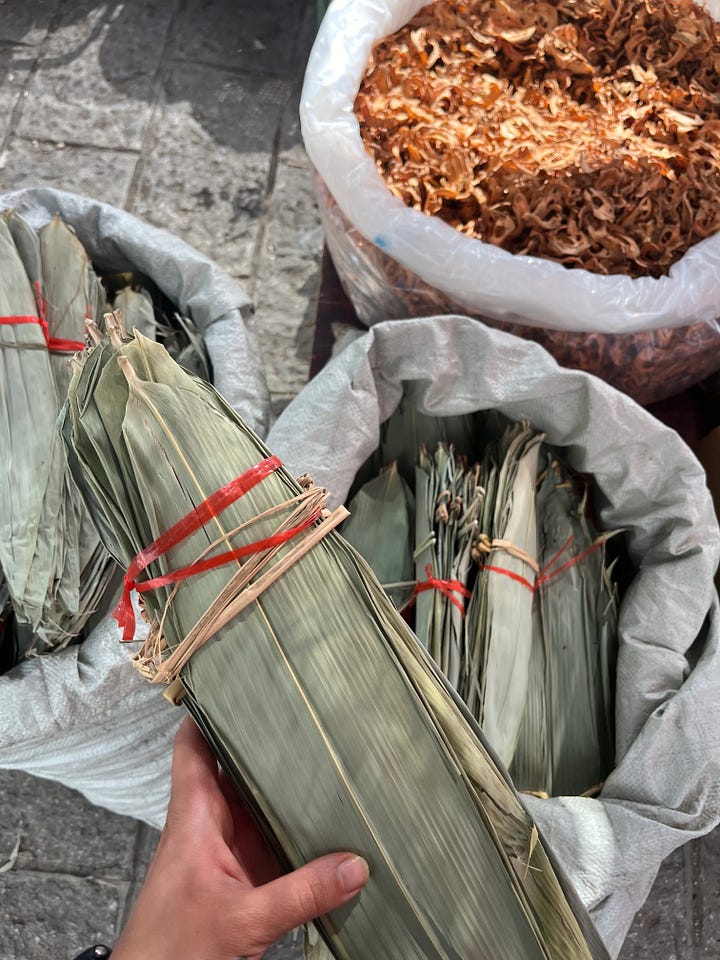

Braised wintermelon, taro, potato, and kabocha with chickpeas. The trick here is to use plenty of broth and a clay pot.

1 ½ lbs of root/squash veg, stir-fried until translucent on the edges, covered with water, brought to a boil, covered and simmered until fork tender. Season with veg oyster sauce, soy sauce, and mushroom seasoning to taste.
Contrary to the name, wintermelon is a summer vegetable.
Steamed sticky rice with black mushrooms, Sichuan peppercorn shrub leaves and buds, and jujube dates. Instead of making zongzi I just layered all the elements and steamed them in one big layer— the lazy method.
My new favorite kitchen appliance is this Xiaomi steamer. Steaming anything for over half an hour always felt like a waste of gas and stovetop space, and I’ve burned so many pots from forgetting to refill the water level. This one turns off automatically when dry.
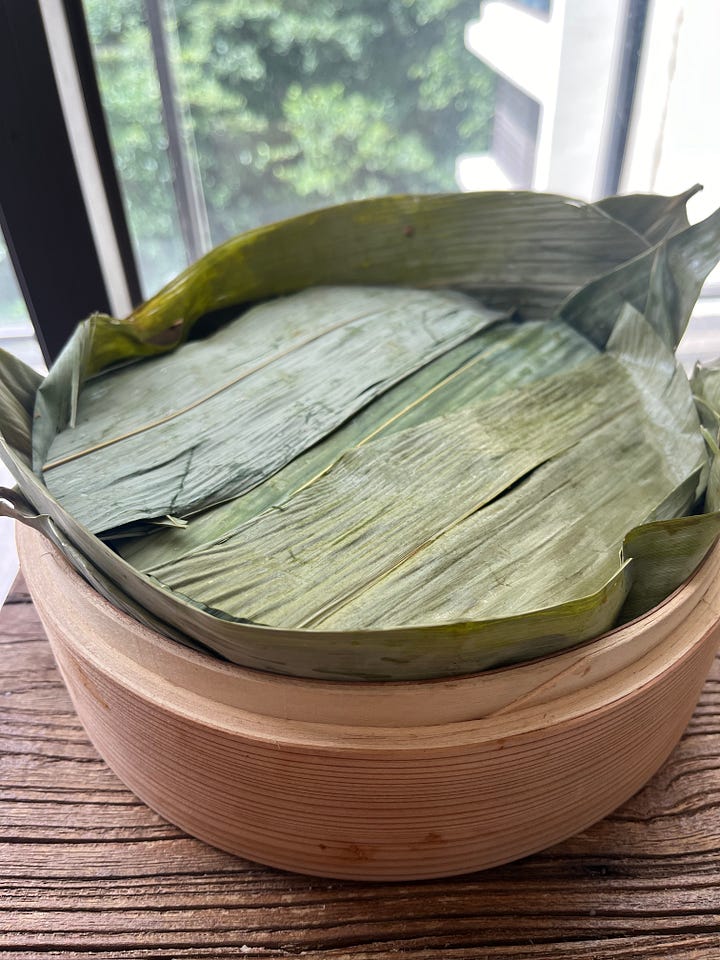
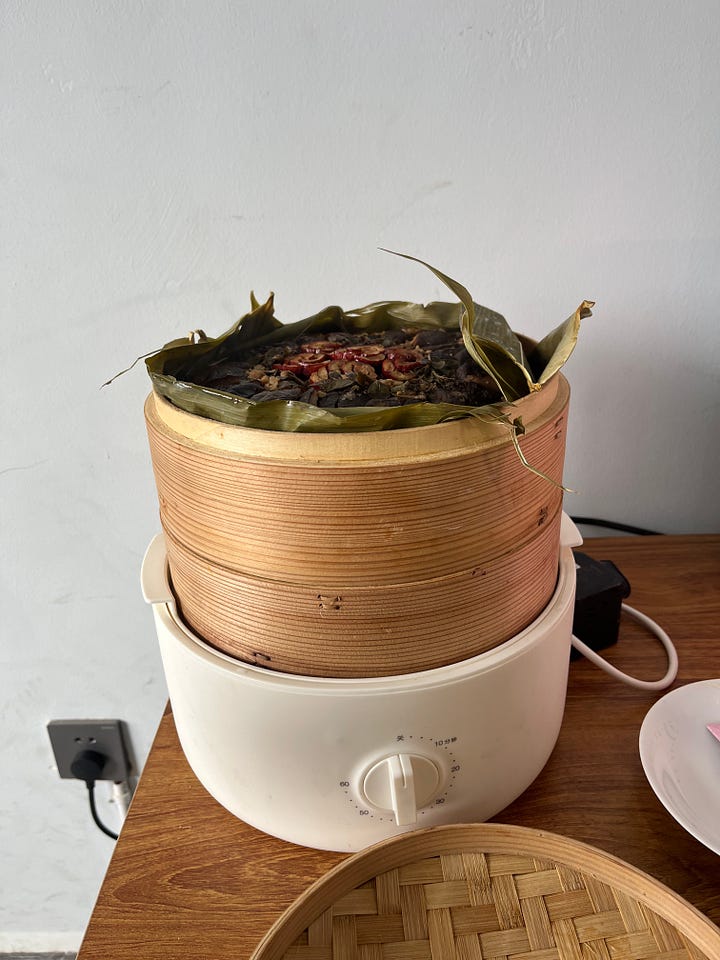
I made this dish for part of my workshop on Friday at WAMO 未来空间 (Veggie Ark 苏方舟 in Dali). My first event done fully in Chinese— it was lovely to meet everyone!

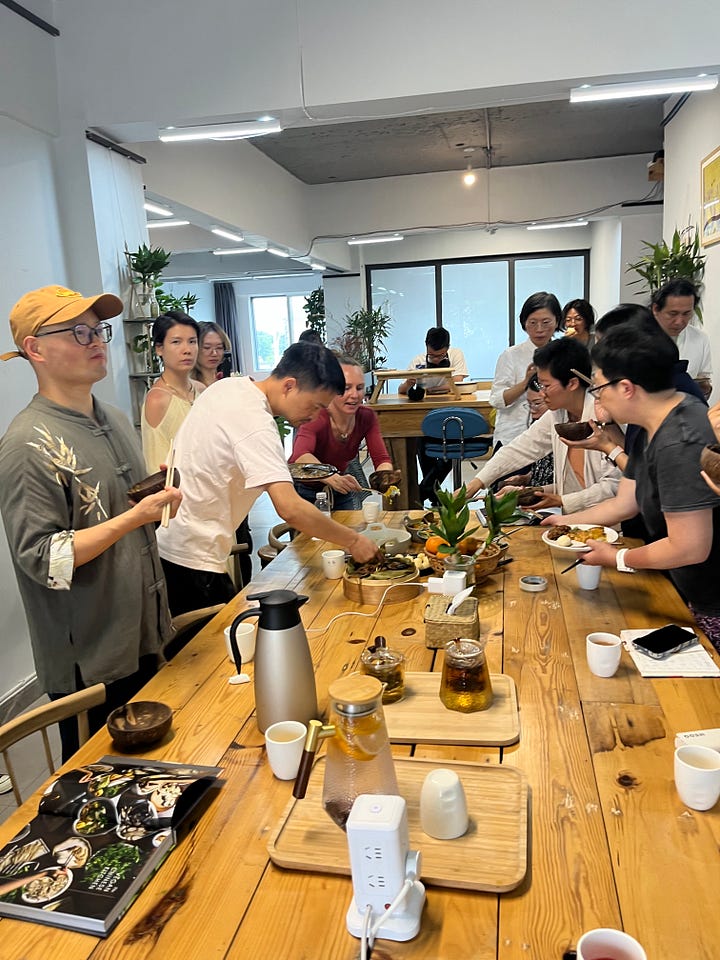








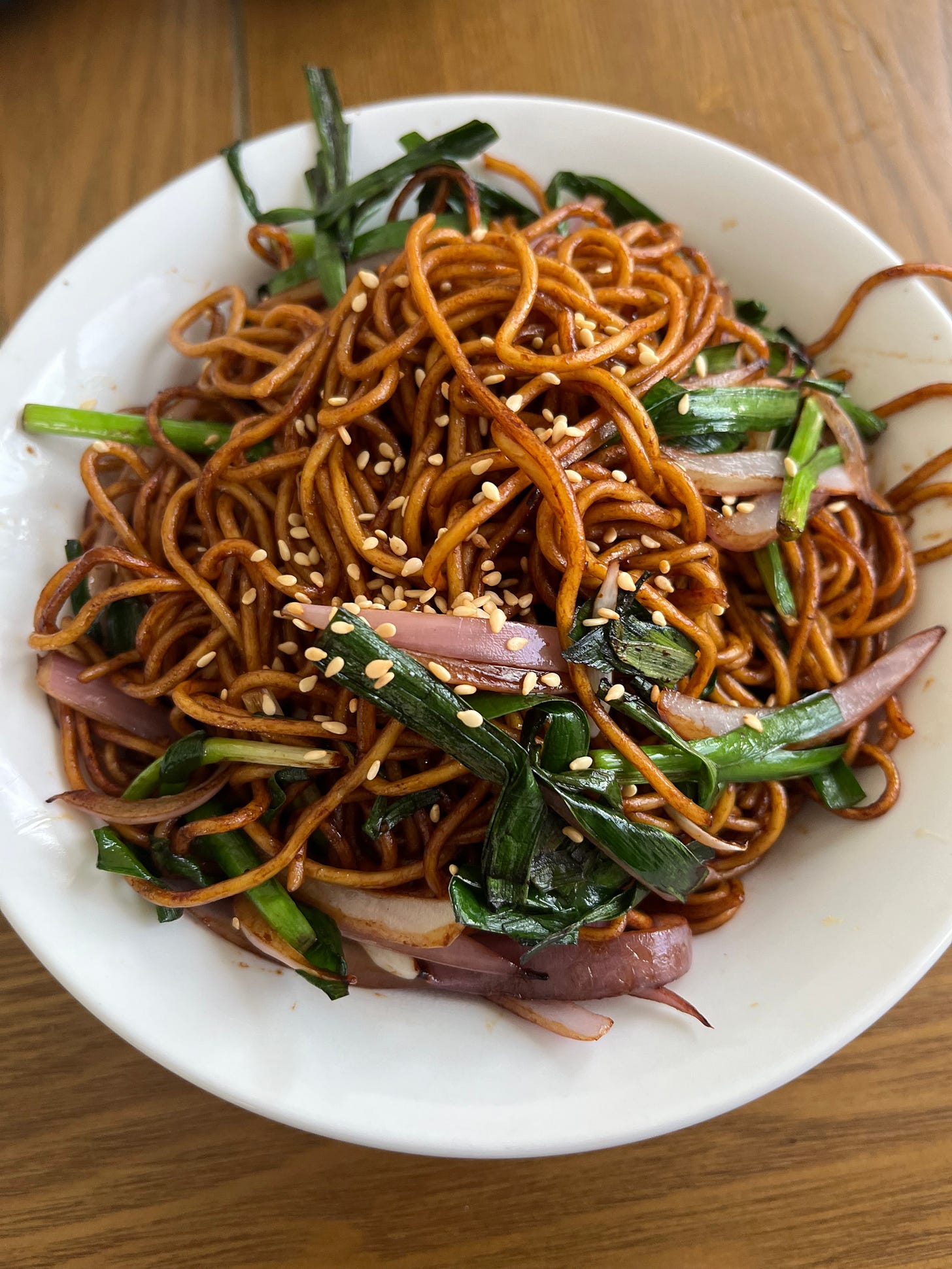


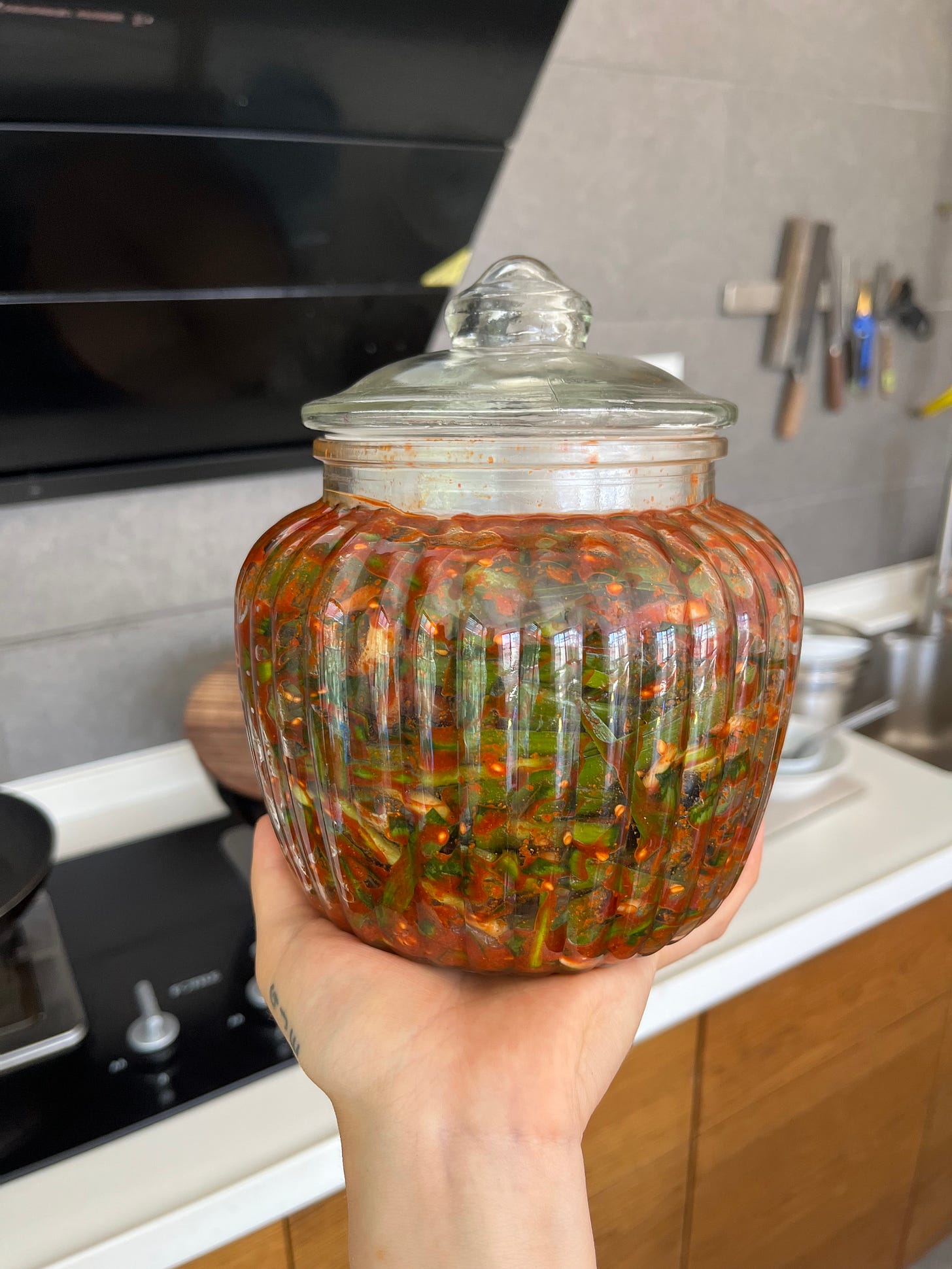
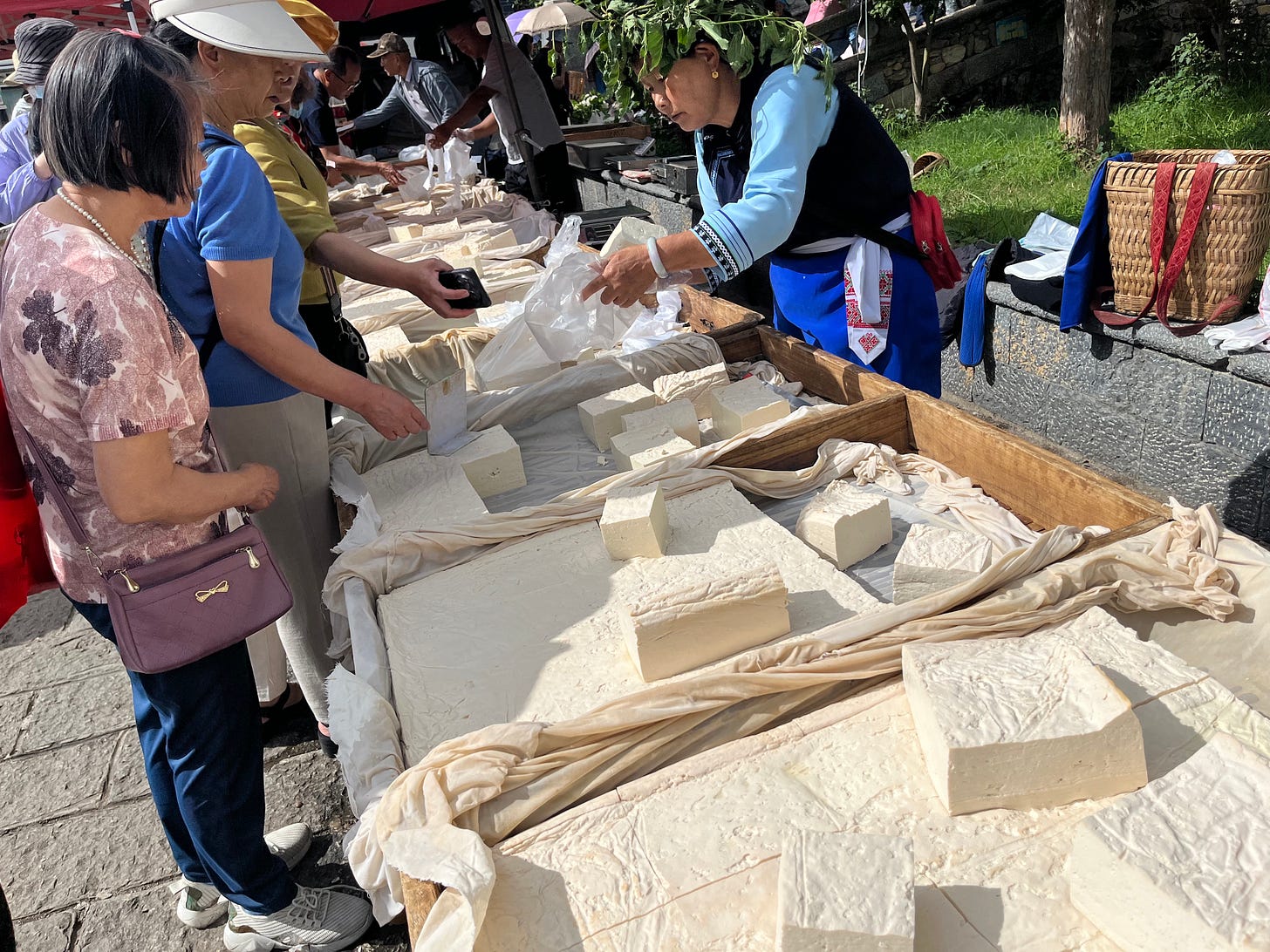





Those soybeans sound incredible!!
I just got myself a soy milk maker and would be great if I can get my paws on some heirloom soy beans. Your sharing of amazing food and ingredients really made my day :)